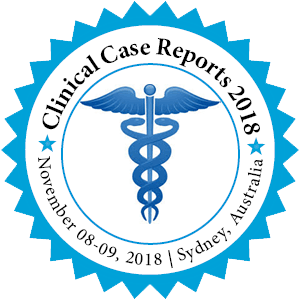
Tiffany L Gould
University of Newcastle, Australia
Title: VTE prophylaxis in Acute General Surgical Patients, A local Audit
Biography
Biography: Tiffany L Gould
Abstract
In 2008 a report found venous thromboembolism (VTE) represented 7% of all deaths in Australian hospitals and had a higher mortality than bowel or breast cancer (1). VTE cost an estimated 1.72 billion dollars with an additional 11.97-27.31 billion dollars value of lost wellbeing (1). In surgical patients, without contraindications, Hunter New England guidelines recommend 20mg of Enoxaparin given 2 hours prior to surgery for moderate risk patients and 40mg Enoxaparin 12 hours prior to surgery for high risk patients for the prevention of VTE (2) (3).
METHODS:
John Hunter Hospital electronic record data was audited over a three month period during which 339 patients underwent an operation under the care of AGSU (Acute General Surgical Unit). After application of predetermined exclusion criteria 254 patients were included for assessment. Risk stratification and timing intervals were defined as per local guideline.
Primary outcomes assessed:
- Enoxaparin use preoperatively
- Enoxaparin use postoperatively (within 24hrs)
-
Use of Enoxaparin in accordance with risk levels;
- High risk
- Low/Medium risk
-
Administration of Enoxaparin in accordance with recommended timing intervals pre-operatively according to risk.
- >2hrs Low/Medium
- >12hrs High
RESULTS:
A total of 35% of patients received pre-operative prophylaxis, 23.6% of which received the correct dosing according to risk. Of patients receiving pre-operative prophylaxis 91% received pharmacotherapy at the recommended timing interval according to risk.
Overall 31% of patients received post-operative prophylaxis and a total of 27% of patients received both pre-operative and post-operative prophylaxis. Of the total sample population 62% of patients did have Enoxaparin charted pre-operatively however in 44% of these patients pharmacotherapy was withheld; of these patients only 15% had documented reasons why.

